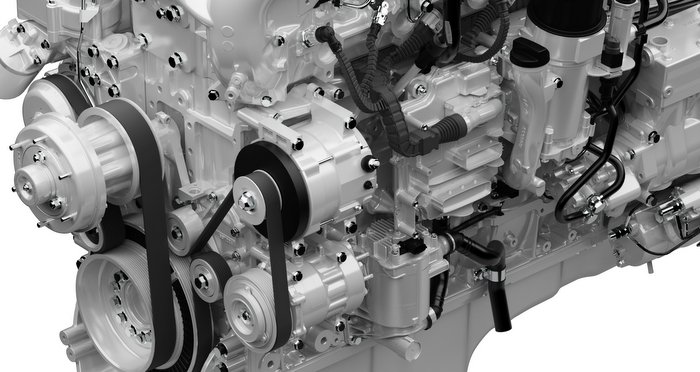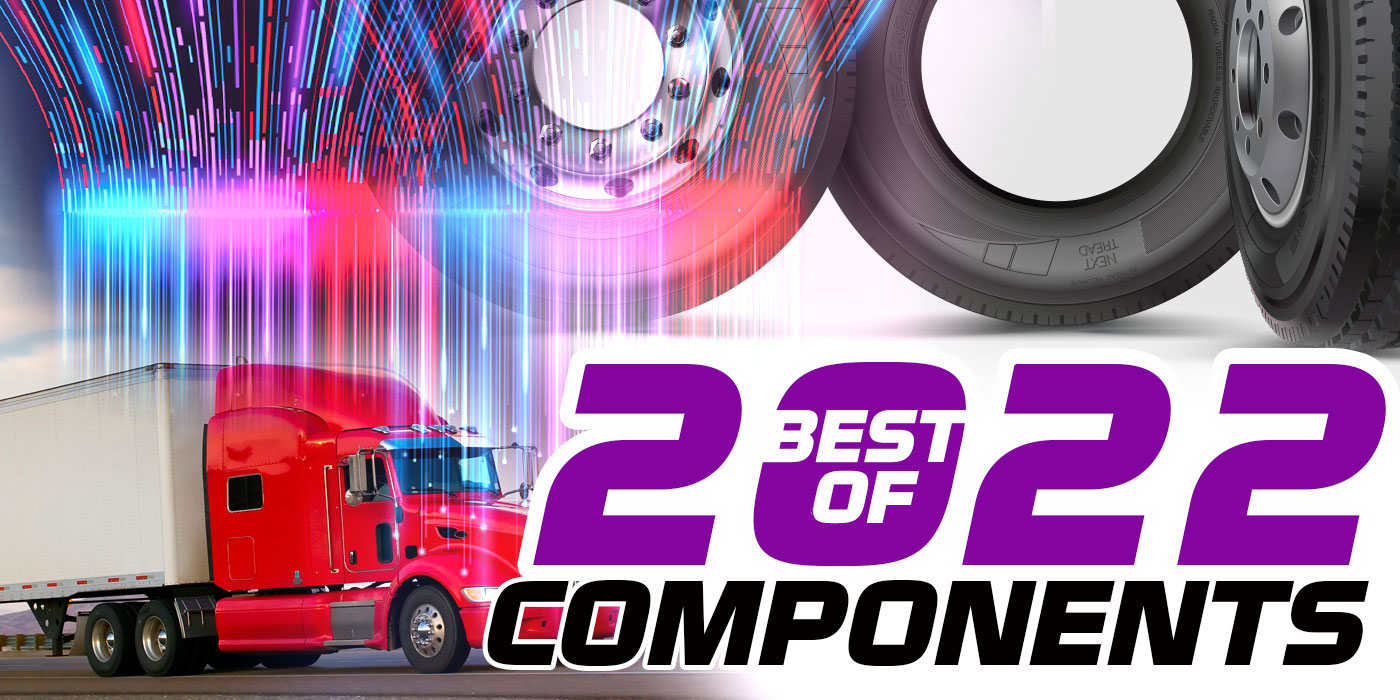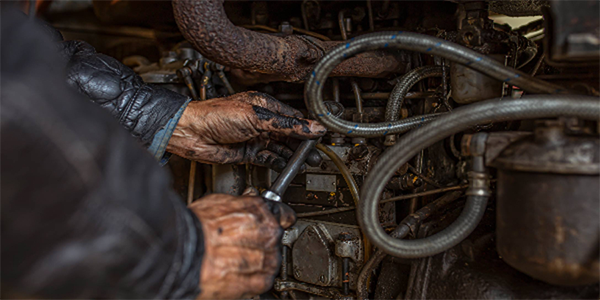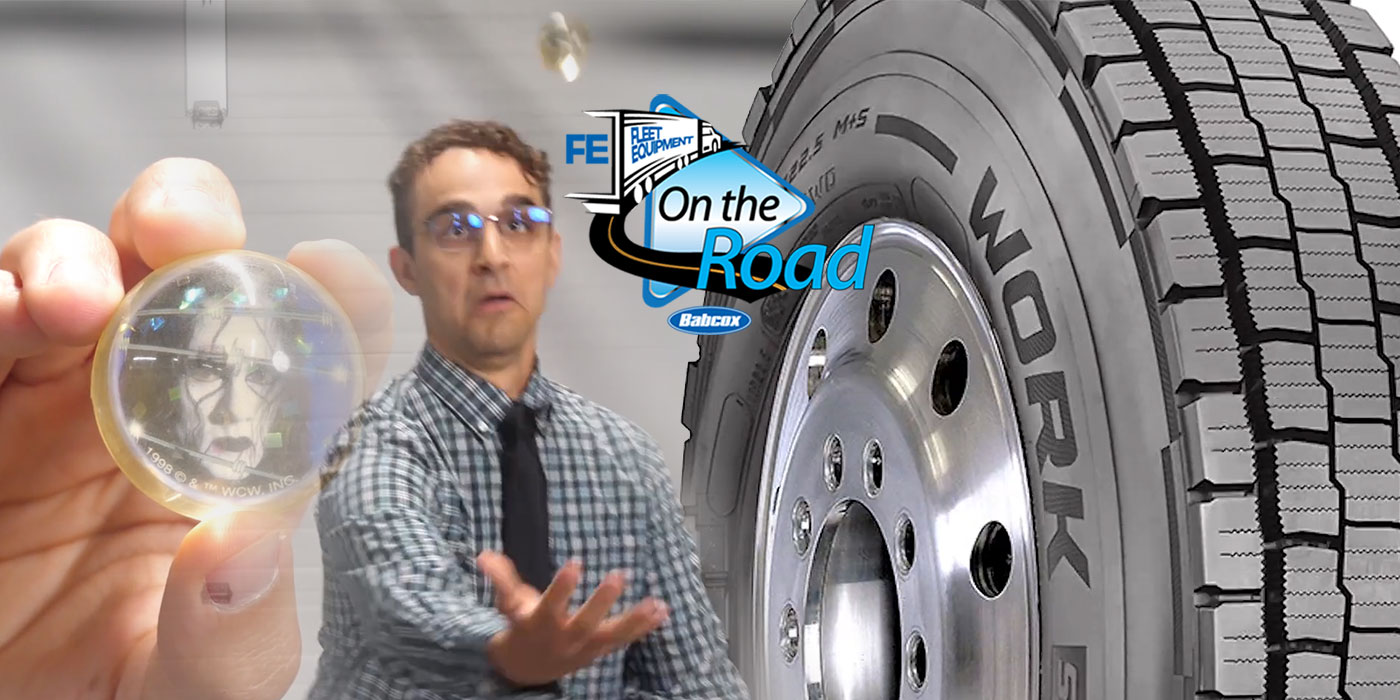You would never guess I was a scientist, would you? Recently two things occurred that made me better appreciate the work scientists do on our behalf. The National Research Council (NRC), a private non-profit organization of scientists chartered by Congress to provide unbiased technical expertise, released a series of recommendations on what the Phase II GHG/MPG rules for post-2018 trucks should contain:
1. Separate GHG/MPG standards for gaseous fuelled vehicles;
2. A natural gas (NG) fuel spec (NG composition varies widely);
3. GHG/MPG “performance standards” for 53-ft. and longer vehicles; and
4. A low-rolling resistance standard for new tires that incorporates fleet survey data.
They don’t expect development of any new engine/transmission technologies by 2018. The NRC thinks legislators should focus on total vehicle performance so that OEMs can get credit for combining fuel saving technologies (engine, transmission, aerodynamics, etc.) on new vehicles. This combination of technologies can bring about interactions which significantly improve GHG/MPG over individual technology applications.
The NRC suggested that regulators start considering “cradle-to-grave” emissions as the Germans have done for some time. For example, NG produces much less GHG because its carbon content is much lower than diesel fuel or gasoline fuels. However, sloppy handling during production, distribution and refueling could possibly negate these benefits.
The NRC also wants NHTSA and the EPA to consider GHG/MPG standards for trailers since most new trailers sold still aren’t equipped with aero aids. The council stated that these regulations should only be developed after the collection and careful analysis of actual fleet operating data. In fact, several times in its report, the NRC emphasized that actual fleet operating data should be gathered before writing any new regulations.
From a physicist’s perspective, I thought the NRC wrote a comprehensive, factual report, which often reiterated the value of actual fleet test data. It also appreciated that trucking was a commercial enterprise that could be decimated by non-realistic, overly restrictive regulations. For example, exhaust emissions regulations prior to the most recent ones which emphasized reduction of GHG inadvertently reduced fuel economy.
Environmental activists often target methane emissions because methane is twenty times more effective than CO2 at trapping heat in our atmosphere. The main point here is that methane emissions are far less than CO2 emissions. Roughly one-fourth of methane emissions are due to enteric fermentation that occurs in ruminant animals (buffalo, camels, cattle, deer and kangaroos) with multiple stomachs.
Enteric fermentation creates considerable methane that exits said animals from both ends.
I recently read that kangaroos produce 80% less methane than other ruminants due to different bacteria in their first stomach. These scientists are now investigating the introduction of bacteria from kangaroos into cattle to see if reduced methane emissions will result.
You should also know that NG and petroleum production and distribution account for 30% of methane emissions. Other contributors are: Landfills (17%); coal mining (11%); manure management (9%); wastewater treatment (3%); and other (7%).
I also recently picked up a health newsletter that stated that the number of cattle in the U.S. is at historically low levels due to several factors, not the least of which is the average American’s switch from eating beef to other meats for health benefits. So, we are becoming more”environmentally friendly”by eating chicken and fish.














